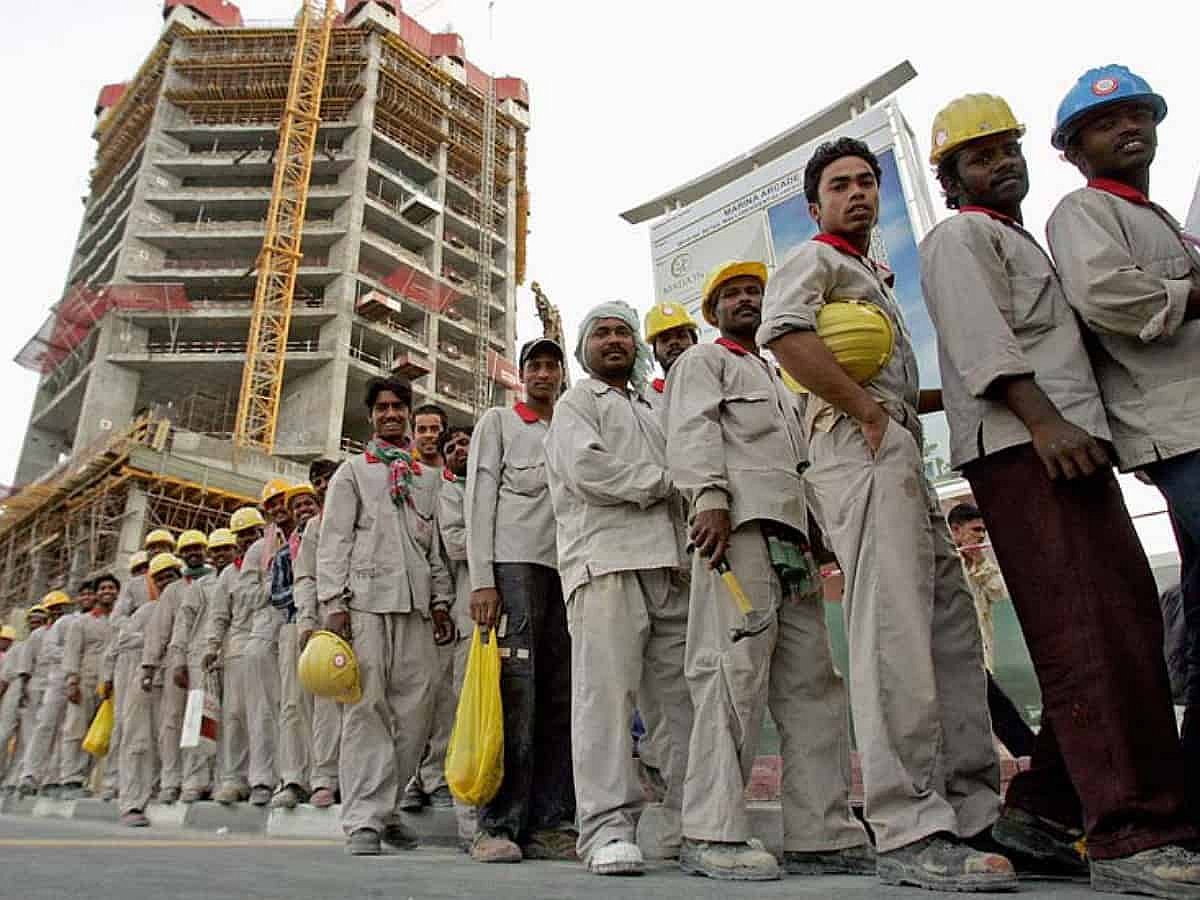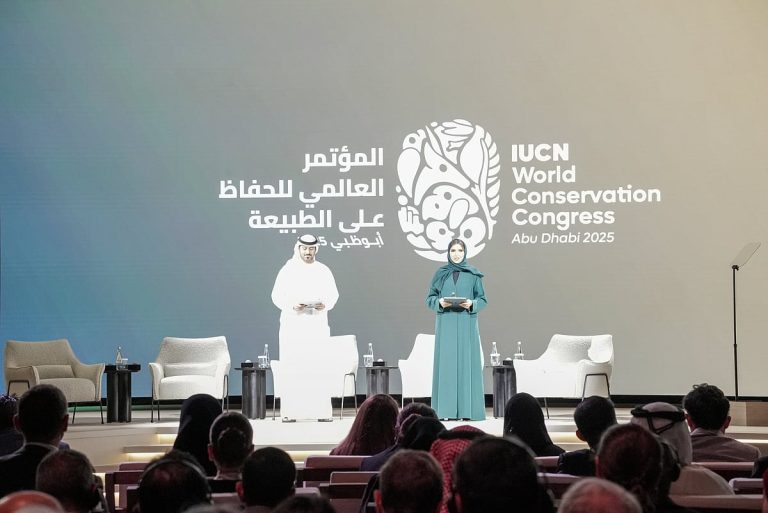UAE Labor Market Sees Record Participation and Low Unemploym
The labor market in the UAE is experiencing significant growth, with recent data indicating a record number of individuals participating in the workforce. The Federal Competitiveness and Statistics Centre (FCSC) has reported that the labor force reached 9.4 million in 2024, showcasing the country’s robust economic environment and the effectiveness of its labor policies.
Labor Force Growth and Economic Participation
According to the FCSC, the economic participation rate for individuals aged 15 and older rose to 81.4% in 2024, up from 78.5% in the previous year. This increase reflects a growing trend of workforce engagement across various sectors. The unemployment rate has also seen a decline, dropping to 1.9% from 2.1% in 2023, positioning the UAE among the countries with the lowest unemployment rates globally, as reported by the International Labour Organization (ILO).
Hanan Ahli, Director of the FCSC, emphasized that these figures are not just numbers; they represent the successful implementation of policies aimed at fostering a conducive environment for job creation and workforce development. The Labor Force Survey, a crucial tool for gathering labor market data, provides insights that support decision-making and policy formulation.
Private Sector Dominance
The private sector continues to play a pivotal role in the UAE’s labor market, accounting for 85% of the total workforce. This translates to approximately 7.8 million individuals employed in various industries, with a significant gender disparity—81% of the workforce is male, while 19% is female. This trend highlights the ongoing need for initiatives that promote gender equality in employment.
The survey also revealed that the largest demographic of employed individuals falls within the 30-39 age group, totaling 3.3 million, followed by those aged 25-29 and 40-44, with 1.5 million and 1.4 million respectively.
Youth Unemployment and Workforce Composition
Youth unemployment, particularly among individuals aged 15-24, has significantly decreased to 5.2%, down from 16.7% in 2023. This sharp decline indicates successful efforts to integrate younger individuals into the workforce, aligning with national goals for economic diversification and growth.
The survey further indicates that 96% of employed individuals are wage earners, amounting to 8.8 million, while a smaller segment, approximately 3%, are self-employed or employers. The distribution of occupations reveals that professionals, technicians, and associate professionals constitute 26% of the workforce, while craft and related trades workers make up 28%.
Global Competitiveness Rankings
The UAE’s labor market competitiveness has been recognized on a global scale. In the World Competitiveness Yearbook published by the International Institute for Management Development (IMD), the UAE ranked first in the Labour Force Growth Index for 2025. Additionally, it secured top positions in several other labor market indicators, including:
– 2nd in Labor Force Percentage – 2nd in Foreign Labor Force Percentage – 3rd in Availability of Skilled Labor – 4th in Availability of Labor Regulations – 5th in Unit Labor Cost for the Total Economy
These rankings underscore the UAE’s commitment to creating a competitive and sustainable labor market that attracts talent from around the world.
Methodology of the Labor Force Survey
The Labor Force Survey is conducted annually in the fourth quarter, a period chosen for its stability, ensuring that data reflects the true state of the labor market. The survey collects comprehensive data on the employment status of individuals, whether they are employed, unemployed, or outside the labor force. This information is vital for understanding the dynamics of the labor market and informing policy decisions.
The IMD’s World Competitiveness Yearbook evaluates countries based on four main pillars: economic performance, government efficiency, business efficiency, and infrastructure. It utilizes a robust methodology that includes surveys directed at business executives and statistical data to assess competitiveness.
Future Outlook
As the UAE continues to enhance its labor market policies and initiatives, the focus remains on sustaining this growth trajectory. The government is expected to implement further measures aimed at reducing unemployment rates and increasing economic participation, particularly among women and youth.
FAQs
What is the current unemployment rate in the UAE?
The unemployment rate in the UAE has decreased to 1.9% in 2024, down from 2.1% in 2023, making it one of the lowest globally.
How many people are employed in the UAE’s labor force?
As of 2024, approximately 9.2 million individuals are employed in the UAE, with the private sector accounting for 85% of this workforce.
What demographic has the highest employment rate in the UAE?
The largest share of employed individuals in the UAE is within the 30-39 age group, totaling 3.3 million, followed by those aged 25-29 and 40-44.
Conclusion
The UAE’s labor market is thriving, characterized by a record workforce size and low unemployment rates. With ongoing efforts to enhance participation and competitiveness, the country is well-positioned to sustain its economic growth and address challenges in workforce diversity and inclusion. Future initiatives will likely focus on maintaining this momentum and further improving labor market conditions.
Also Read:
UAE Pavilion Attracts 5 Million Visitors at Expo 2025







